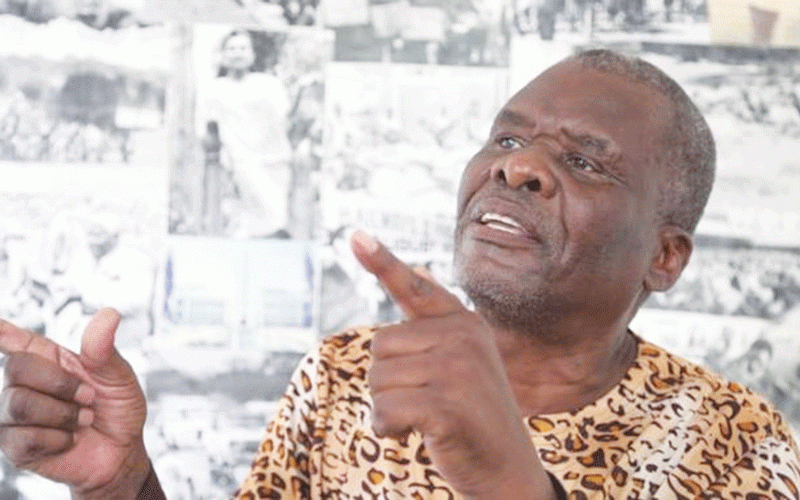
ZIMBABWEANS have been pushed deeper into economic misery as the local currency continues on a free fall, pushing prices of basic commodities and services beyond reach of most poor families.
According to the Zimbabwe National Statistics Agency (ZimStat), the Total Consumption Poverty Line (TCPL) rose from ZWL$95 462,53 in September to ZWL$105 072 in October for one individual.
“The food poverty line (FPL) for one person in October 2023 was ZWL$80 512. The TCPL for one person in October 2023 was ZWL$105 072,” ZimStat said.
Employees have witnessed an erosion of their salaries as the economy continues on a tailspin.
Businesses and service providers are forward pricing to hedge against losses as the local currency loses value on the market.
Some businesses are now exclusively charging in foreign currency, but most workers earn in the Zimdollar and are forced to buy the greenback on the parallel market at a premium.
The statistics agency also said the month-on-month inflation increased by 1,5 percentage points in October to 2,5%.
The year-on-year inflation rate for the month of October 2023 as measured by all items Consumer Price Index (CPI) was 103,44%.
- Mr President, you missed the opportunity to be the veritable voice of conscience
- ED to commission new-look border post
- Zanu PF ready for congress
- EU slams Zim over delayed reforms
Keep Reading
ZimStat said Zimbabweans should grapple with rising prices of basics.
“The index was 100,95 in September 2023 and 86,97 in October 2022. For the month of October 2023, the CPI for housing, water, electricity, gas and other fuels, had the highest contribution of 1,4%, followed by food and non-alcoholic beverages with a contribution of 0,8%.”
Former Zimbabwe Congress of Trade Unions president Peter Mutasa said most Zimbabwean workers were living in misery.
He said research showed that many workers were suffering from mental health challenges and high blood pressure due to the stressful economic situation.
“ZimStat pointed out recently in the labour force survey quarter 3 results that over 73, 5% of workers are earning below US$133 equivalents. Again, 52% are even earning below US$33 equivalent. Many workers say they have downsized and some are sharing single rooms with grown-up children,” Mutasa said.
Economist Prosper Chitambara said there was need to sustain monetary discipline to curb inflation.
“The more we implement the reforms, the more we gain confidence from the investors and other businesses for economic growth,” Chitambara said.
Economic analyst Yona Menon-Banda said: “Local retailers are still mostly aligning their pricing with the parallel market and are pricing in exchange rate risk that aligns with a high-risk perception. So, I think in the short-term, controlling inflation centres on controlling liquidity, and improving the public confidence in fiscal and monetary policy management is key.”
President Emmerson Mnangagwa re-introduced the Zimdollar in 2019 after a decade of dollarisation.
The local currency is on a free-fall and is trading at US$1 to just over ZWL$5 500 using the official rate and at least ZWL$7 500 to ZWL$8 000 at the parallel market.
Experts say a redollarisation of the economy would halt the increase in prices.
Over 80% of transactions in the economy are in the greenback.
Authorities, however, say the local currency is here to stay adding that the existing dual currency regime will end at the end of 2025.










